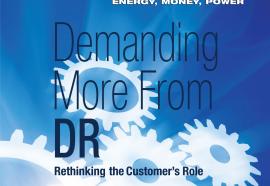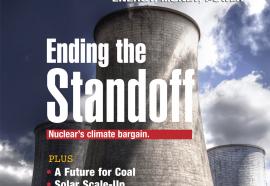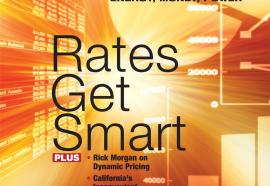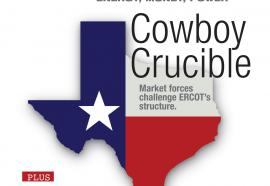Pricing Negawatts
DR design flaws create perverse incentives.
Demand response isn’t energy: It’s a separate product, traded in a separate market. Policy trends, however, are moving toward equal treatment for demand and supply resources in electricity markets. Does treating DR as energy inflate its value and create perverse incentives?











